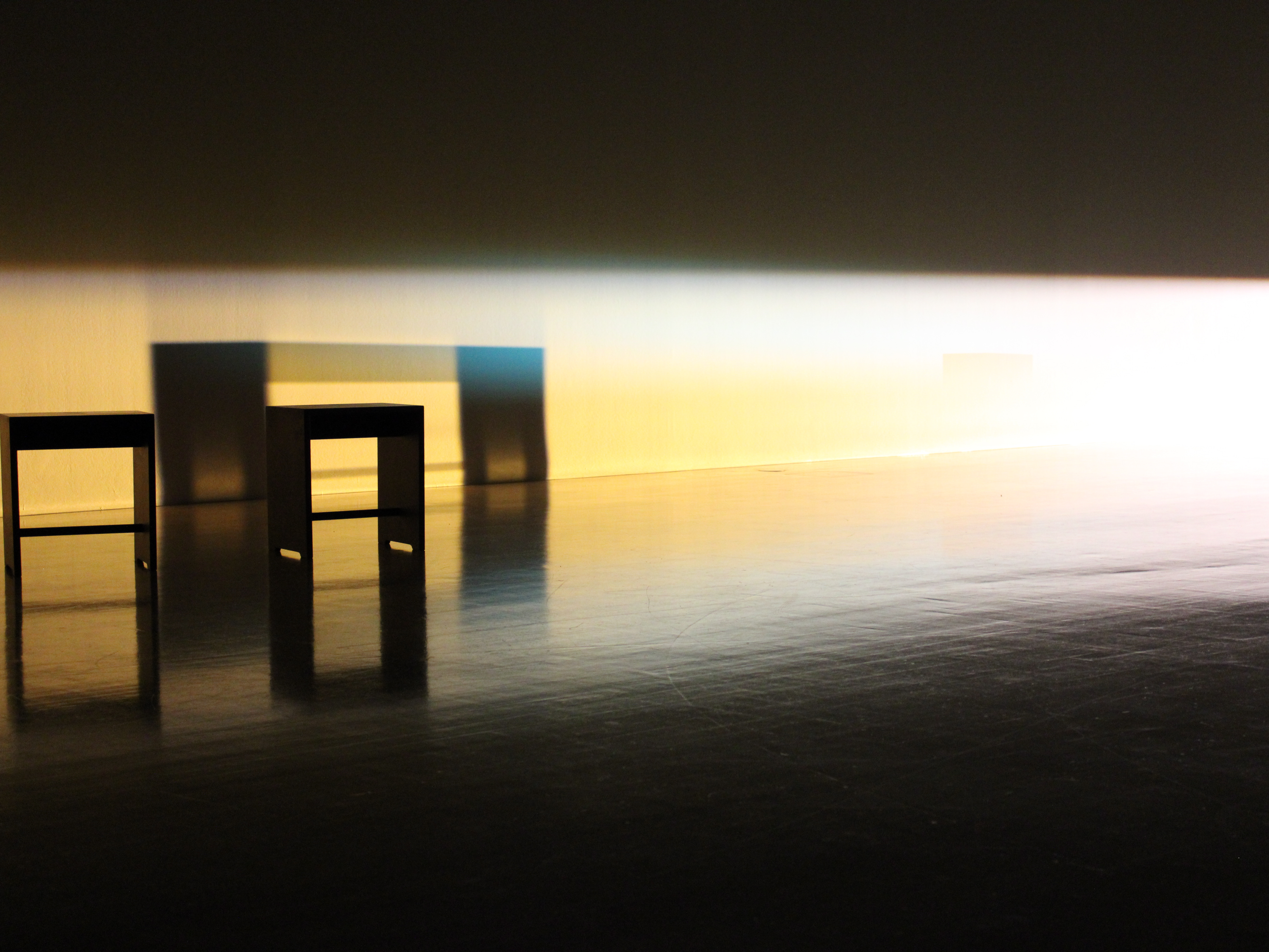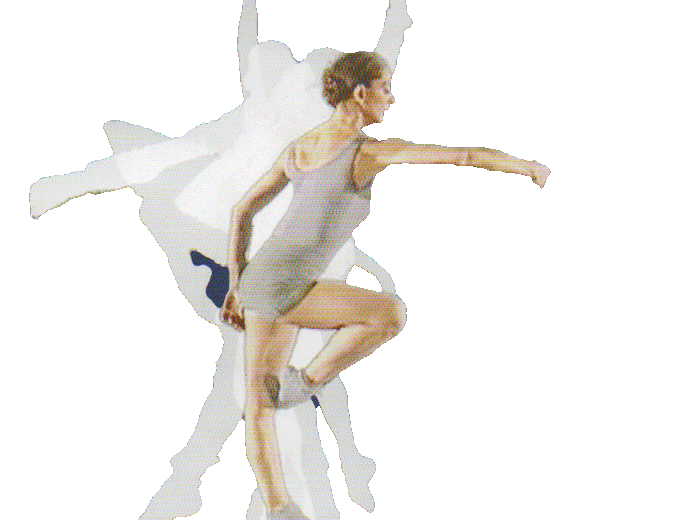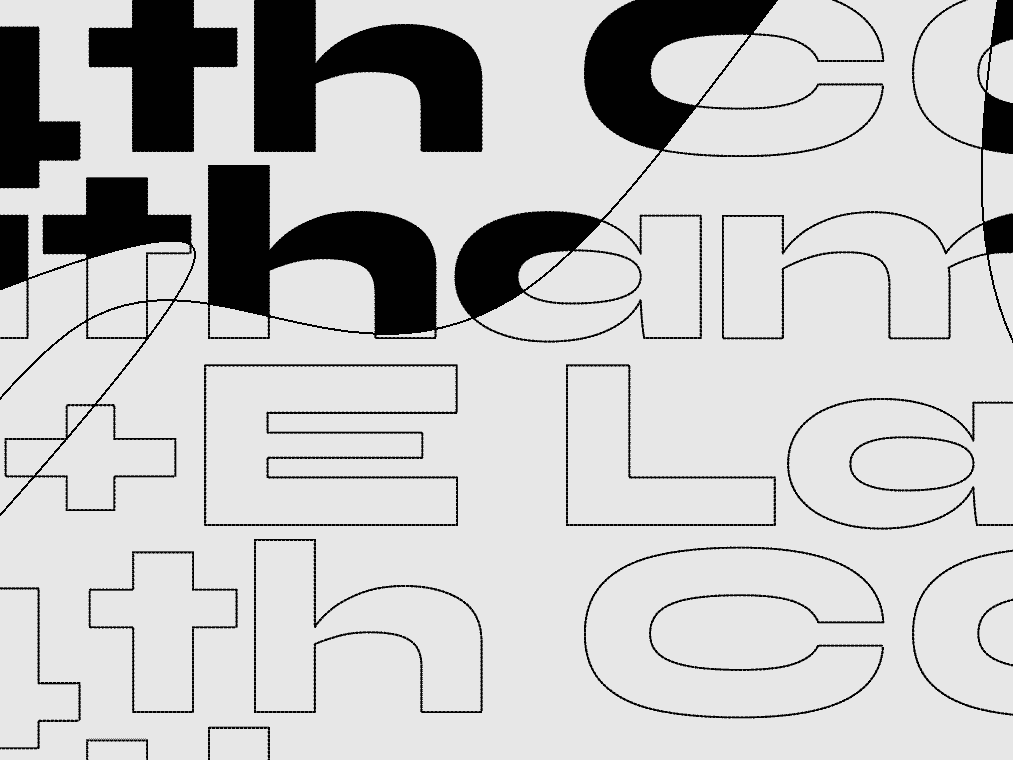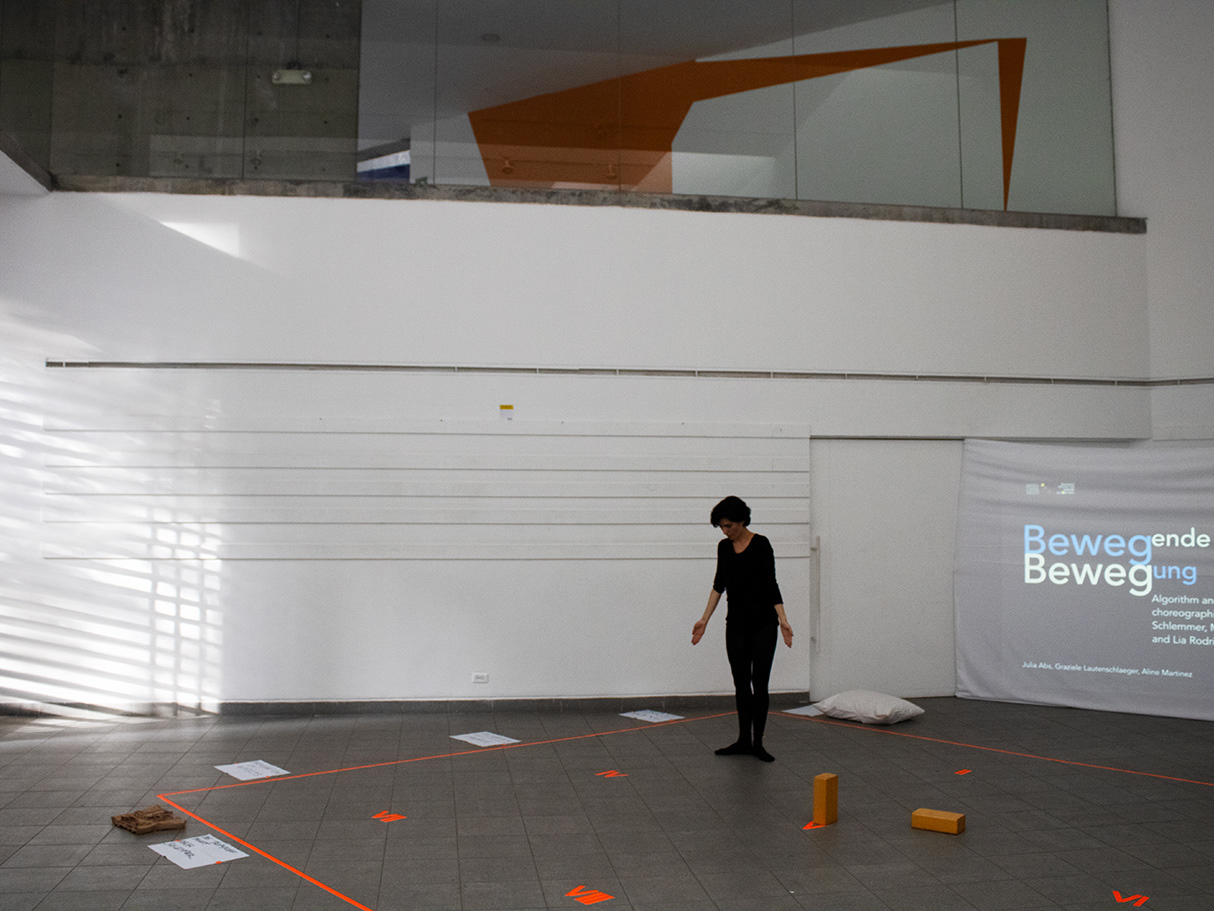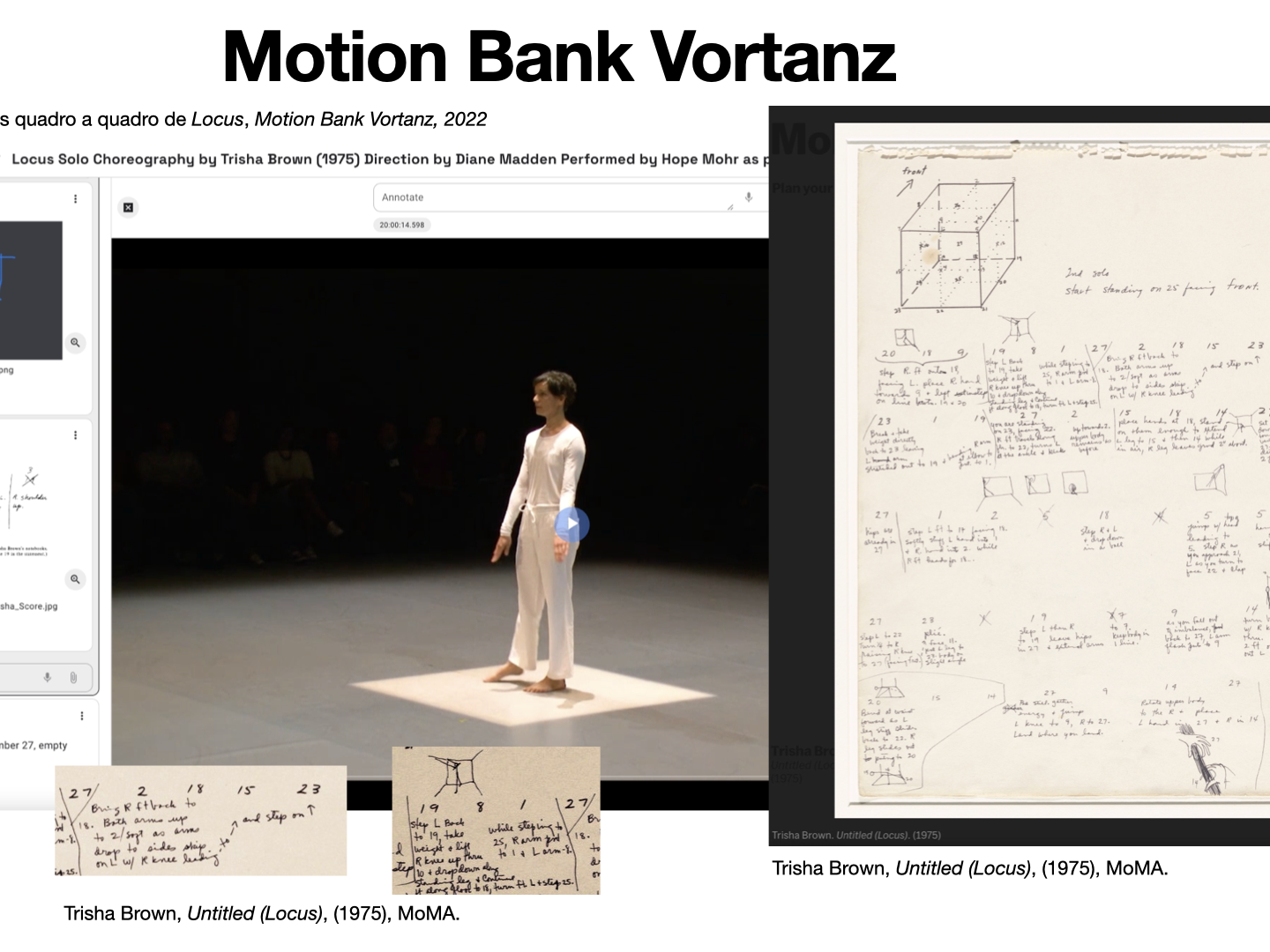Ciência em Diálogo: Física e Arte
O International Centre for Theoretical Physics e o South American Institute for Fundamental Research (ICTP-SAIFR) sediado na Universidade Estadual Paulista Júlio Mesquita (UNESP), em parceria com o Instituto Moreira Salles de São Paulo realizaram o programa “Ciência em Diálogo”:
“ICTP-SAIFR continua com o programa “Ciência em Diálogo: Física e arte” no Instituto Moreira Salles. O principal objetivo é aproximar o público geral de temas relevantes para a ciência a partir do encontro com outras áreas do conhecimento. Todos os meses, um físico e um não cientista debatem sobre algum assunto no auditório do IMS, em São Paulo (Avenida Paulista, 2424).
No primeiro semestre de 2019, manteremos o tópico “Física e Arte” com apresentações mensais sobre teatro, inteligência artifical, e dança. O evento acontece sempre na primeira sexta-feira do mês, das 19h00 – 20h30. As datas dos Diálogos do primeiro semestre são 5 de abril, 3 de maio e 7 de junho. A entrada é gratuita e haverá distribuição de senhas uma hora antes do início das apresentações.
Eu e o astrofísico Roberto Bozcko realizamos uma dupla de cientista e artista, e apresentamos uma lecture-performance de título “A Dança dos Buracos Negros”.
Como curadora eu propus que realizássemos a “Dança dos Buracos Negros” no “Laboratório de Coreografia da FAU-USP”.
*English bellow
LECTURE-PERFORMANCE
INSTITUTO MOREIRA SALLES SÃO PAULO
Num passado muito remoto, usando apenas o olho nu, o Homem conseguiu perceber desde o movimento diurno do Sol e da Lua até o movimento dos planetas por entre as estrelas "fixas". A evolução dos conhecimentos e da tecnologia permitiu que pudéssemos "ver" planetas girando em torno de estrelas distantes. E, hoje, com sofisticados instrumentos, podemos mesmo "observar" a frenética e macabra dança de Buracos Negros, um em redor do outro, dança essa que perturba todo o Universo! É a história da observação desses movimentos que vamos contar.
*English Below
Science in Dialogue: Physics and Art
The International Centre for Theoretical Physics and the South American Institute for Fundamental Research (ICTP-SAIFR), based at São Paulo State University (UNESP), in partnership with the Instituto Moreira Salles in São Paulo, organized the program "Science in Dialogue":
"ICTP-SAIFR continues its program 'Science in Dialogue: Physics and Art' at the Instituto Moreira Salles. The main goal is to bring the general public closer to important scientific topics through encounters with other fields of knowledge. Each month, a physicist and a non-scientist engage in a public conversation at the IMS auditorium in São Paulo (Avenida Paulista, 2424).
During the first semester of 2019, the focus remained on 'Physics and Art,' with monthly presentations on theater, artificial intelligence, and dance. Events took place on the first Friday of each month, from 7:00 PM to 8:30 PM. The dates for the first semester were April 5, May 3, and June 7. Admission was free, with tickets distributed one hour before the start of each event."
As part of this program, I partnered with astrophysicist Roberto Bozcko to present a scientist-artist collaboration in the form of a lecture-performance titled "The Dance of Black Holes".
From the Movement of the Planets to the Dance of Black Holes!
In a very distant past, using only the naked eye, humans were able to observe everything from the daily motion of the Sun and the Moon to the movement of planets among the “fixed” stars. The advancement of knowledge and technology has since allowed us to “see” planets orbiting distant stars. And today, with sophisticated instruments, we can even “observe” the frantic and macabre dance of Black Holes spiraling around one another — a dance that disturbs the entire Universe! It is the story of the observation of these movements that we are about to tell.

